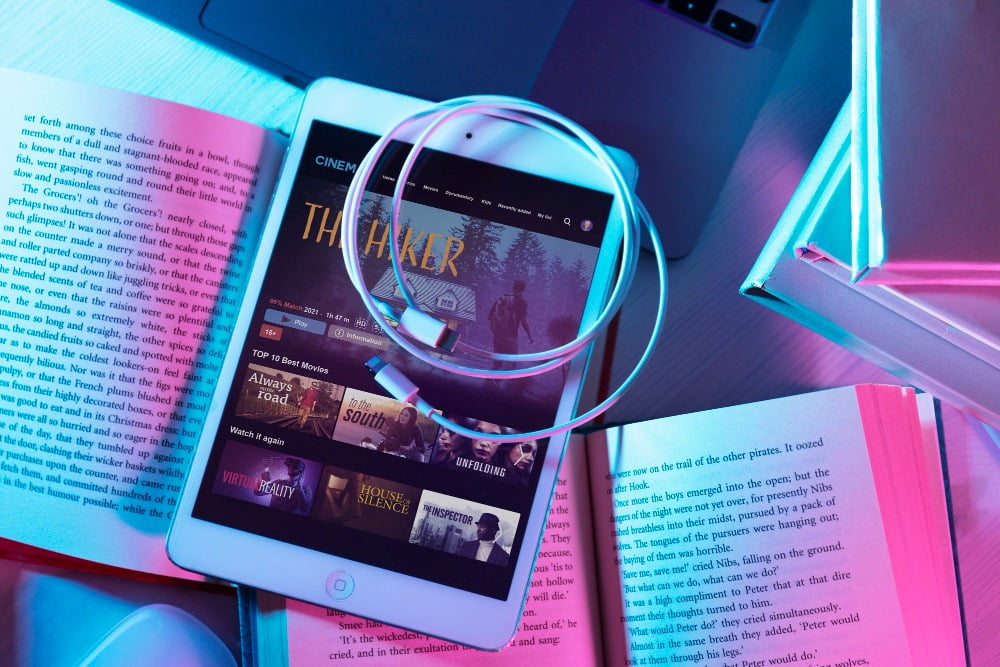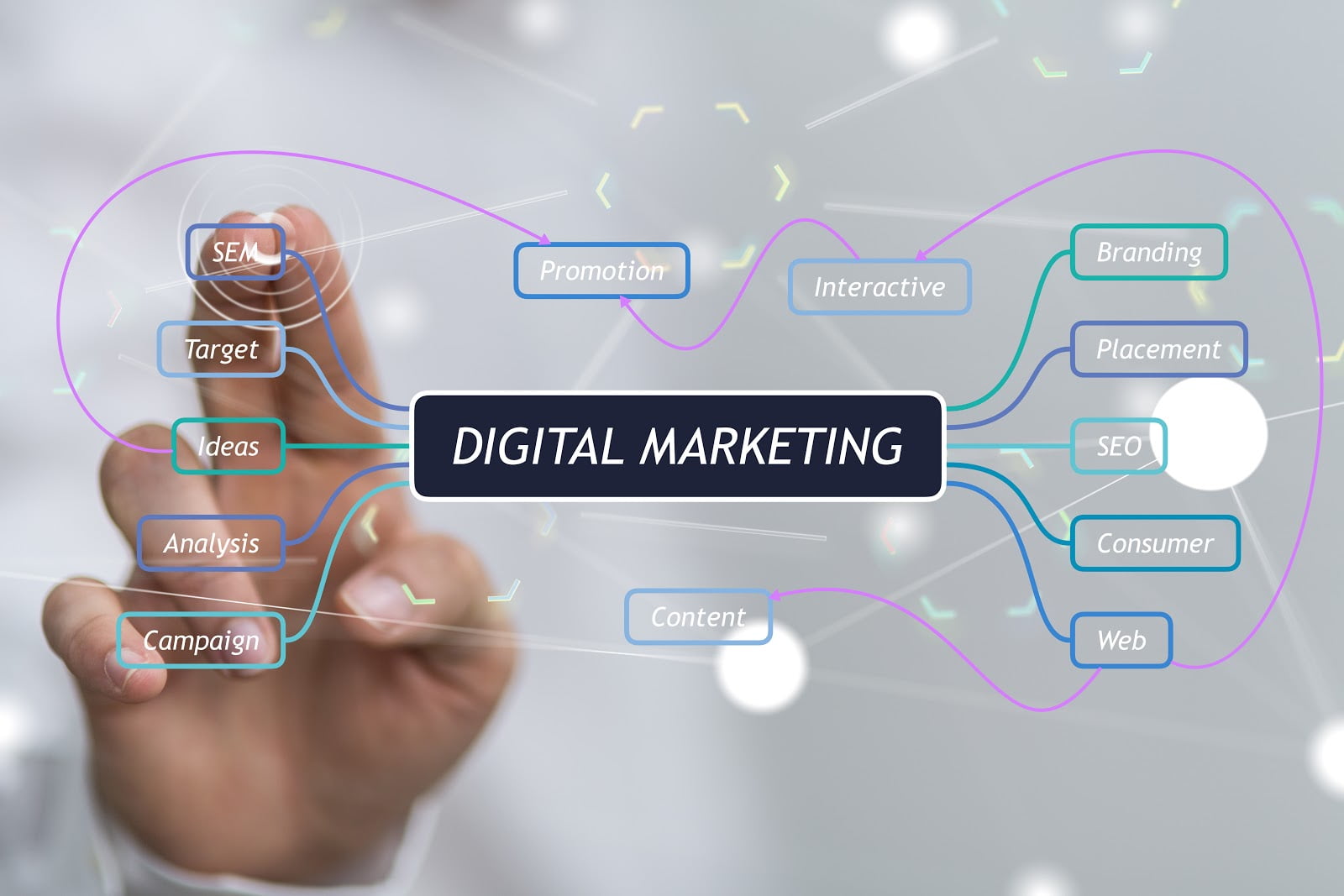The Future of Textbooks: Digital vs Print

Textbooks have been a mainstay of education for millennia. They provide pupils with a comprehensive and authoritative source of information about a specific subject. However, the digital age has brought new technologies undermining the textbook’s traditional role.
Digital textbooks have several advantages over traditional textbooks, including price, convenience, and interactivity. On the other hand, print textbooks offer advantages, such as being more tactile and easier to read for extended periods.
In this article, he will look at the future of textbooks in the digital age. We will explore the benefits and drawbacks of digital and print textbooks and the potential for a hybrid model that allows students to use both formats based on their needs and preferences.
[ez-toc]
Advantages of Digital Textbooks
Convenience and portability:
Electronic gadgets like e-readers, tablets, and cell phones make digital textbooks accessible. Students can carry their complete textbook library in a lightweight device, eliminating the need for hefty backpacks or physical storage space.
Search Functions:
Digital textbooks have powerful search functions that allow students to quickly and efficiently discover specific material inside the text. This feature is extremely useful for research, studying, and finishing assignments because it saves significant time and work.
Interactive content:
Interactive information in digital textbooks improves understanding and engagement. This comprehensive method accommodates varied learning styles through videos, quizzes, and external links. Academic writing services can use interactive digital textbooks to clarify concepts, improve student knowledge, and improve instructional materials.
Accessibility:
Digital textbooks can be tailored to meet a variety of learning objectives. Adjustable font sizes, text-to-speech technologies, and other accessibility choices are available to students with disabilities, fostering more inclusive education.
Environmental Implications:
Choosing digital textbooks over print editions can lessen the environmental impact of traditional paper textbook manufacturing, distribution, and disposal. This environmentally friendly feature corresponds to an increasing awareness of sustainability and the need to safeguard natural resources.
Disadvantages of Digital Textbooks
Screen Fatigue:
Using digital devices to read textbooks for an extended period might cause screen fatigue and eyestrain. Students may find it difficult to focus on a screen for extended periods, potentially harming their reading comprehension and overall well-being.
Device Requirements:
Access to laptops, tablets, or smartphones is required for digital textbooks. This reliance on technology has the potential to generate educational inequities because not all students may have equal access to these devices, limiting their capacity to engage with the learning material.
Distractions:
Distractions such as social networking, games, and other apps are frequently present on devices used to read digital textbooks. In a digital world, staying focused on educational content can take time and effort, potentially impeding the learning process.
Limited resale value:
Digital textbooks, unlike print textbooks, are often non-transferable and non-resell able. Students cannot return any initial investment by selling or distributing digital copies, which might disadvantage those on a tight budget.
DRM and licensing restrictions:
Some digital textbooks include stringent digital rights management (DRM) regulations that limit students’ ability to use the information. This can be challenging for students who wish to comment, highlight, or edit the text like they would with print books. These constraints can limit their capacity to fully connect with the content, particularly while taking notes or conducting research.
Advantages of Print Textbooks
Despite increased competition from digital alternatives, print textbooks continue to offer certain advantages that make them an integral component of the educational landscape:
Actual Experience:
Many students and educators value the tactile and tangible experience that print textbooks give. The sensory experience of holding a book, turning pages, and scribbling notes can make learning more engaging and remembered.
There is no screen fatigue:
Print textbooks, unlike digital materials, do not add to screen fatigue. Students can read them for lengthy periods without experiencing the physical strain typically connected with technological devices. This is especially advantageous for folks who spend much time on screens for various purposes.
There is no device dependency:
Access to digital devices is optional for print textbooks. This ensures that all students can access the material regardless of technology access. Print textbooks remain the most accessible alternative in communities with limited access to digital devices.
Absence of Distractions:
Print textbooks eliminate the distractions that digital gadgets provide. Students can focus on the content instead of being distracted by social media, games, or other apps, resulting in more focused and productive study sessions.
Sharing and reselling:
Textbooks can be purchased, lent, or shared with others. This adaptability allows students to recoup some initial costs and fosters collaborative learning and a sense of community inside educational institutions. Students can pass their textbooks to subsequent students, lowering prices even further.
Disadvantages of Print Textbooks
Print textbooks, while still frequently utilized in education, have certain drawbacks that students, instructors, and institutions should be aware of:
Weight and volume:
Print textbooks can be heavy and large, putting physical strain on students. Carrying a book stack in a backpack might cause discomfort and potential health complications, such as back pain.
Limited Search Functionality:
Print textbooks, compared to digital textbooks, need more effective search functionality. Finding specific information within a print book can be time-consuming and difficult, as it frequently requires manual scanning through pages or, depending on an index, which might need to be more accurate.
Environmental Implications:
Print textbook manufacture contributes to deforestation and pollution of the environment. The paper industry’s ecological footprint is a major worry source for environmentally conscious individuals and organizations. This environmental impact has prompted calls for more environmentally friendly methods.
Cost:
Print textbooks are notoriously expensive. New print textbooks might be too expensive for students, causing financial hardship. Because of the pricing issue, many students seek more economical options, such as old books or digital versions.
Lack of Interactivity:
Print textbooks frequently need more interactive capabilities, as seen in digital textbooks. Print has fewer or no interactive quizzes, movies, linkages to related resources, and other multimedia aspects, thereby missing out on more interesting and dynamic learning experiences.
The Future of Textbooks
The future of textbooks is on the verge of a paradigm change. Educational resources are transforming significantly due to technological breakthroughs and shifting pedagogical approaches. The following are some of the key trends that will affect the future of textbooks:
Dominance in the Digital Age:
The popularity of digital textbooks will keep increasing. I have ensured no spelling, grammar, or punctuation errors in the revised text. Because of their portability, interaction, and versatility, they are a popular choice among students and educators alike. Multimedia integration, adaptive learning, and real-time updates will improve the educational experience.
OER (Open Educational Resources):
OER, or open educational resources, will be critical in democratizing education. As OER becomes more well-known, it will lessen students’ financial load, allowing for more accessible, inclusive learning.
Personalization:
Customization is the future of textbooks. Adaptive learning platforms will use data analytics to personalize information for each student, resulting in a more effective and engaging learning experience.
Concerns About the Environment:
The global shift toward sustainability will influence educational institutions’ decisions. Ecologically conscious practices will encourage the use of digital materials and the use of ecologically acceptable print textbook sourcing.
Hybrid Education:
Hybrid learning gives pupils flexibility and adaptability (in-person and online). Students attend physical classes and do digital schoolwork in this balanced paradigm. Hybrid learning facilitates academic support via services like assignment help online while allowing for increased access to resources, improved collaborative opportunities, and accommodation of varied learning styles.
Conclusion
In conclusion, the future of textbooks is a diversified landscape in which both formats survive and serve distinct objectives. Students, educators, and institutions will select the format that best meets their needs, considering convenience, learning styles, environmental concerns, and financial limits. Whatever the format, the ultimate purpose is to equip students with the best resources for learning and growth in an ever-changing educational context.











